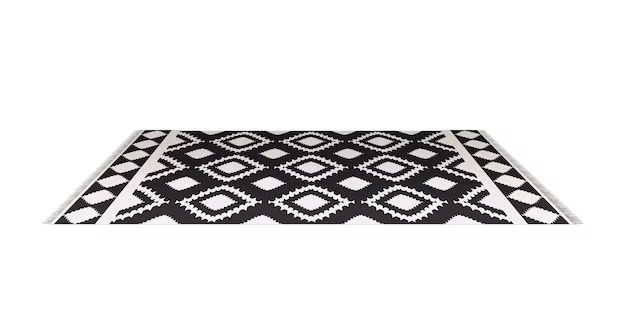Page Contents
What causes wrinkles in carpet?
There are a few main causes of wrinkles and ripples in carpet:
- Improper installation – If carpet is not stretched tightly enough during installation, it can develop wrinkles and ripples over time as it settles and relaxes.
- Excessive humidity – Exposure to excessive moisture can cause carpet fibers and backing to expand, forming ripples and wrinkles.
- Furniture indentations – Heavy furniture can crush and mat down carpet fibers. When moved, the indentations can remain as wrinkles.
- Thickness changes – Wrinkles may form at transitions between different carpet thicknesses or cushions.
- Heat exposure – Excessive heat from heating vents or sunlight can cause fibers to expand and contract, creating wrinkles.
How can you fix wrinkled carpet?
There are a few methods you can try to remove wrinkles and ripples from carpet:
Carpet steamer
Using a carpet steamer to inject steam deep into the carpet fibers can help relax the fibers and flatten out wrinkles. Work slowly and methodically across each wrinkled area, and use a brush attachment to comb the carpet as you go.
Iron
For small wrinkles, you can try ironing the carpet on the highest steam setting. Place a damp cloth over the wrinkled area and then pass a hot iron over it slowly. The steam heat will relax and flatten the fibers.
Stretching
For large wrinkled areas, detach the carpet from the tack strip around the edges and re-stretch it. This may require professional installers and a power stretcher tool. Stretching provides tension that can pull wrinkles taut.
Carpet seam adhesive
Applying a thin layer of carpet seam adhesive under wrinkled areas can re-adhere the carpet fibers and backing to the subfloor. Use an upholstery brush to work the adhesive into the wrinkles.
Furniture repositioning
If wrinkles are caused by heavy furniture indentations, try rotating the piece or moving it to a new location. This allows the fibers to recover and lie flat again over time.
Proper humidity levels
Maintaining moderate humidity levels in your home between 30-50% can prevent excessive expansion and contraction of carpet fibers that lead to wrinkles. Consider using dehumidifiers or humidifiers.
Professional re-stretch
For severe wrinkling not fixed by other methods, professional re-installation may be needed. This involves detaching the old carpet, repairing the subfloor, installing new tack strips, and power-stretching the carpet for a smooth, wrinkle-free finish.
Tips for preventing future carpet wrinkles
Here are some tips to help avoid wrinkles when installing new carpet or to prevent recurring wrinkles:
- Ask installers to power stretch carpet until smooth and taut.
- Use appropriate carpet cushion to prevent floor indentations.
- Use carpet seam tape for seamless transitions between carpet widths.
- Limit direct heat exposure from vents, radiators, or sunlight.
- Rearrange furniture periodically to avoid compressed fibers.
- Add carpet protectors under heavy furniture legs.
- Always have new carpet professionally installed, not simply placed over old carpet.
- Maintain moderate humidity levels in your home.
When to call a professional for wrinkled carpets
While minor wrinkling can often be fixed with do-it-yourself methods, it’s best to call a professional carpet installer for:
- Wrinkles over large areas of carpet.
- Carpet that is completely detached or loose from the tack strip.
- Wrinkles that recur and seem to “move” over time.
- Buckled or rippling carpet seams.
- Carpeting that is very old or worn.
- Any installation issues or flaws you notice under the carpet.
- If DIY efforts have not successfully removed the wrinkles.
The right tools, techniques, and ability to access and work under the carpeting make professionals better equipped to tackle more severe wrinkling issues.
Conclusion
Wrinkles in carpet can occur due to improper installation, moisture, heavy furniture, or changes in carpet thickness. Small wrinkles can often be removed with steam, ironing, stretching, adhesive, or humidity control. But severe or recurring wrinkles may require professional re-installation and re-stretching for the best results. Taking steps to prevent indentations and maintain proper installation and humidity can help avoid wrinkles in new carpets.
